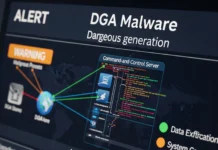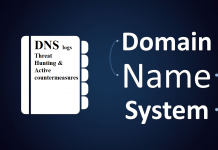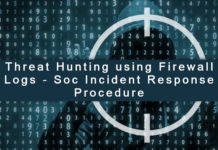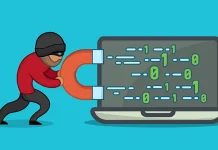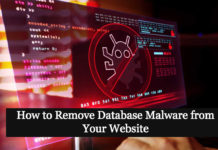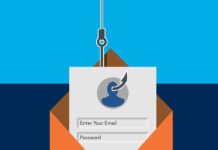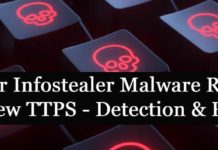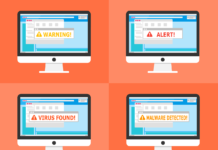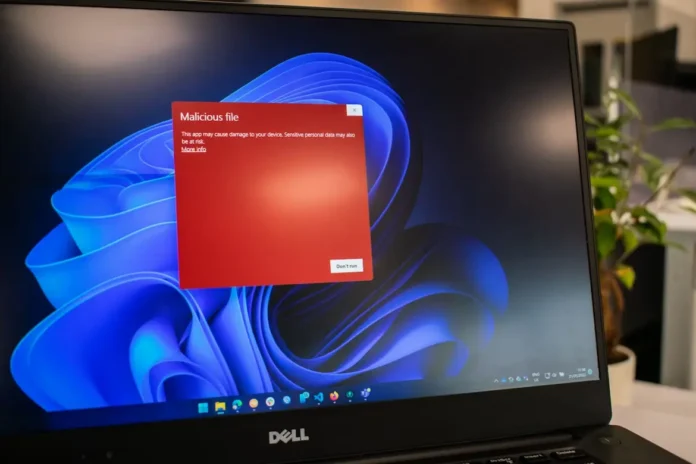Ransomware used to be one of many cyber threats. Today, it’s one of the most feared. From large corporations to municipal governments, no one is immune. Criminals encrypt data, demand payment, and hold systems hostage. The question now is not if you’ll hear about a ransomware attack, but when.
Let’s look at why ransomware is surging in 2025, how it works, and what you can do to protect yourself.
Why Ransomware Is Exploding in 2025
Ransomware has leveled up. Several trends are fueling its growth:
- Ransomware-as-a-Service (RaaS) means even low-skilled hackers can deploy attacks using kits rented from operators.
- Attackers are combining encryption with data theft (double extortion) — encrypt your files and threaten to publish your data if you don’t pay.
- Speed has increased. Attackers are executing attacks faster than ever, sometimes within minutes of gaining access.
- Ransom demands and recovery costs are rising. The average cost to recover from an attack now often exceeds the ransom itself.
It’s a perfect storm: sophisticated tools, fast execution, and maximum pressure on victims.
How Ransomware Works: Step by Step
Understanding the attack chain helps you defend better. Here’s a simplified flow:
- Initial access
Hackers use phishing, stolen credentials, exploit unpatched software, or gain entry through a vulnerable third party. - Lateral movement
Once inside, they spread across systems, escalate privileges, and gather data. - Encryption & exfiltration
They encrypt files to lock you out and often steal sensitive data to use as leverage. - Ransom demand
Victims receive instructions to pay in cryptocurrency or risk public exposure of stolen data. - Negotiation & recovery
Some victims negotiate, others pay or refuse. Even after payment, recovery often requires cleanup, system rebuilds, audits, and legal checks.
Real Case: Municipal & Infrastructure Targets
Cities, utilities, and other public services are prime targets. Their systems are critical, and their downtime is harmful, pressuring them to pay. Some recent attacks have shut down billing systems, essential services, or public portals.
In the business world, ransomware’s impact can ripple beyond just the ransom. It disrupts operations, erodes trust, and forces costly remediation.
The High Stakes: Why Attackers Choose Ransomware
- High payoff — payments often run into six or seven figures.
- Low barrier to entry — RaaS kits lower technical obstacles.
- Public pressure — victims often feel forced to pay due to reputational or functional damage.
- Data sells — even if victims refuse to pay, stolen data can be sold.
What Businesses Must Do to Protect Themselves
1. Backups, backups, backups
Maintain offline, encrypted backups. If you lose access, you can restore without paying ransom.
2. Patch and update promptly
Many attacks exploit known vulnerabilities. Program regular patch cycles and monitor alerts.
3. Limit lateral movement
Use least privilege access, network segmentation, and better access controls so attackers can’t roam freely.
4. Employee training
Teach staff to spot phishing and suspicious links. Human error remains a top attack vector.
5. Implement zero-trust models
Assume no internal connection is inherently safe. Verify, log, and monitor every action.
6. Incident response plan
Have a clear playbook: who to call, how to isolate systems, legal steps, and communication strategies.
7. Cyber insurance & legal counsel
Some policies cover ransom payments or recovery costs. But check exclusions and requirements first.
Why External Factors Make It Tougher
Regulations, economic pressures, and policy changes all affect how organizations respond. A recent article discusses how business pressures and reforms are forcing groups to adapt their strategies, including how they approach risk management. That’s visible in decisions around cybersecurity frameworks and readiness. Economic reset in Europe may seem far from cybercrime, but in practice, it shapes budgets, compliance demands, and threat tolerance.
Summary: Stay Vigilant, Stay Prepared
Ransomware isn’t just tech drama; it’s a real business threat. The risks are growing, attackers are improving, and the costs are high. But with proper defenses , backups, patches, training, and resilience, you don’t have to play into their hands.
Don’t wait for “if” plan for “when.” The better prepared you are, the more control you retain when the inevitable attack comes calling.





